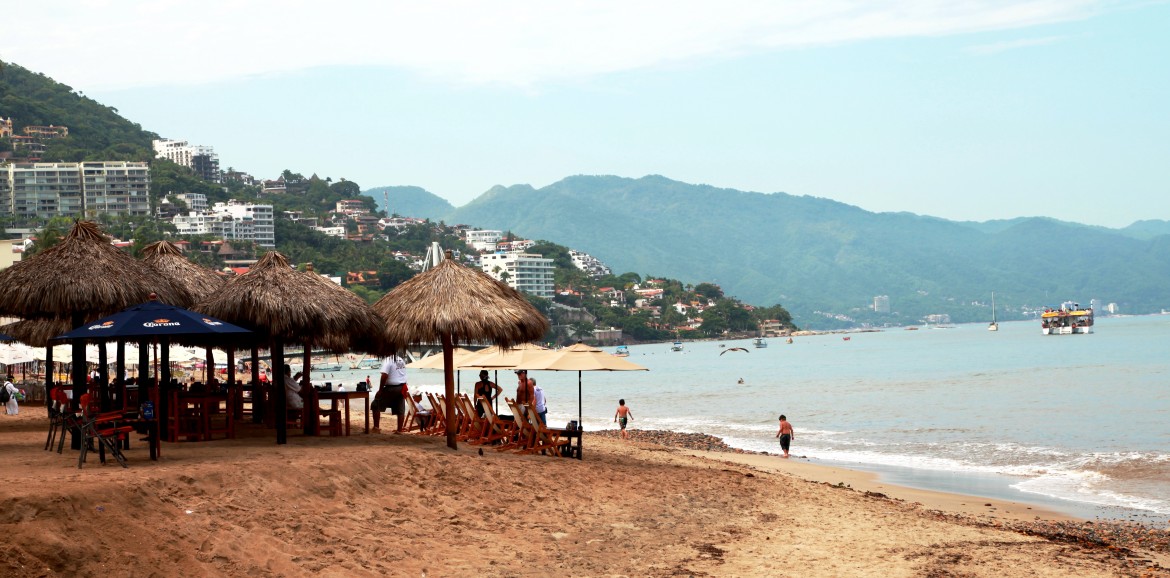Amy Wallace
The strongest hurricane ever recorded in the Western hemisphere is quickly approaching Mexico’s Pacific Coast.
Hurricane Patricia is expected to hit the area Friday afternoon or evening.
The World Meteorological Organization compared Patricia’s intensity to Typhoon Haiyan, which hit the Philippines in 2013 and claimed the lives of more than 6,000 people.
Patricia is expected to hit the Mexican state of Jalisco, which includes popular tourist destination Puerto Vallarta, as well as the inland metropolis of Guadalajara, the country’s second-largest city.
Nearby states Colima and Nayarit will also be affected, and the resort city Manzanillo.
Officials declared a state of emergency in these states.
Anticipating the storm’s arrival with wind speeds of up to 325 km/hour, Mexican authorities have begun evacuating more than 50,000 residents. “Hurricanes are massive storm systems that normally begin their lives as an area of thunderstorms,” Geoff Coulson, a Warning Preparedness Meteorologist with Environment Canada, said.
“They need very warm waters in the Pacific or Atlantic oceans to really start to form, those temperatures of the water tending to have to be warmer than something like 26 degrees Celsius,” Coulson said, adding “we start to get hurricane force winds when those wind speeds get to be 120 km/hour or more.”
The Saffir-Simpson Hurricane Wind Scale is used to classify hurricane strength, with category one being the weakest and five the most powerful. Patricia originally began as a tropical storm, and later intensified to a category five hurricane.
“The low end threshold for category five is winds roughly greater than 250 km/ hour, so this is well above that value,” Coulson said.
Record-breaking #hurricane #Patricia barrels towards Mexico https://t.co/zcWOnOkSW0 pic.twitter.com/SCsZSqTlK2 — The Weather Network (@weathernetwork) October 23, 2015
In addition to high winds, Coulson said, the storm could produce 200 to 300 millimeters of rainfall in some parts of the country. This could lead to flash floods and mudslides. “The other huge concern with this hurricane is the storm surge,” Coulson said. “That’s basically the water that this hurricane is pushing out ahead of it into a big surge.”
“As that surge hits the coast of Mexico, there is a huge possibility of large and destructive waves that could cause flooding and significant damage along the southwest coast,” Coulson added.
Meteorologists say that the massive storm also poses problems for Texas.
“I think eventually, the Americans are forecasting this to continue to work its way inland,” Coulson said.
“There is still going to be the possibility of significant rainfall and even some fairly strong winds,” Coulson said. “So there could be some impacts as well in the Southern U.S.”

